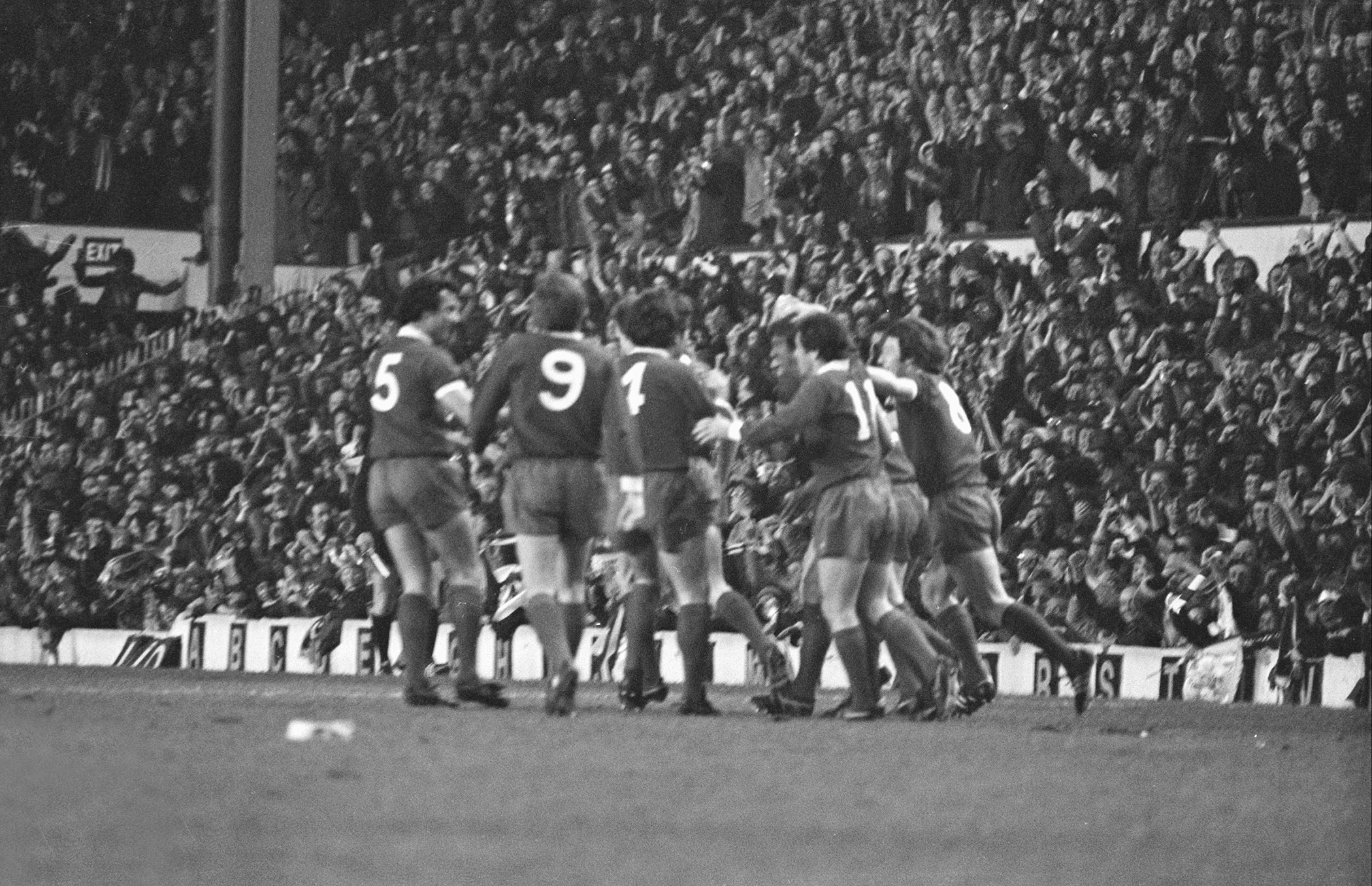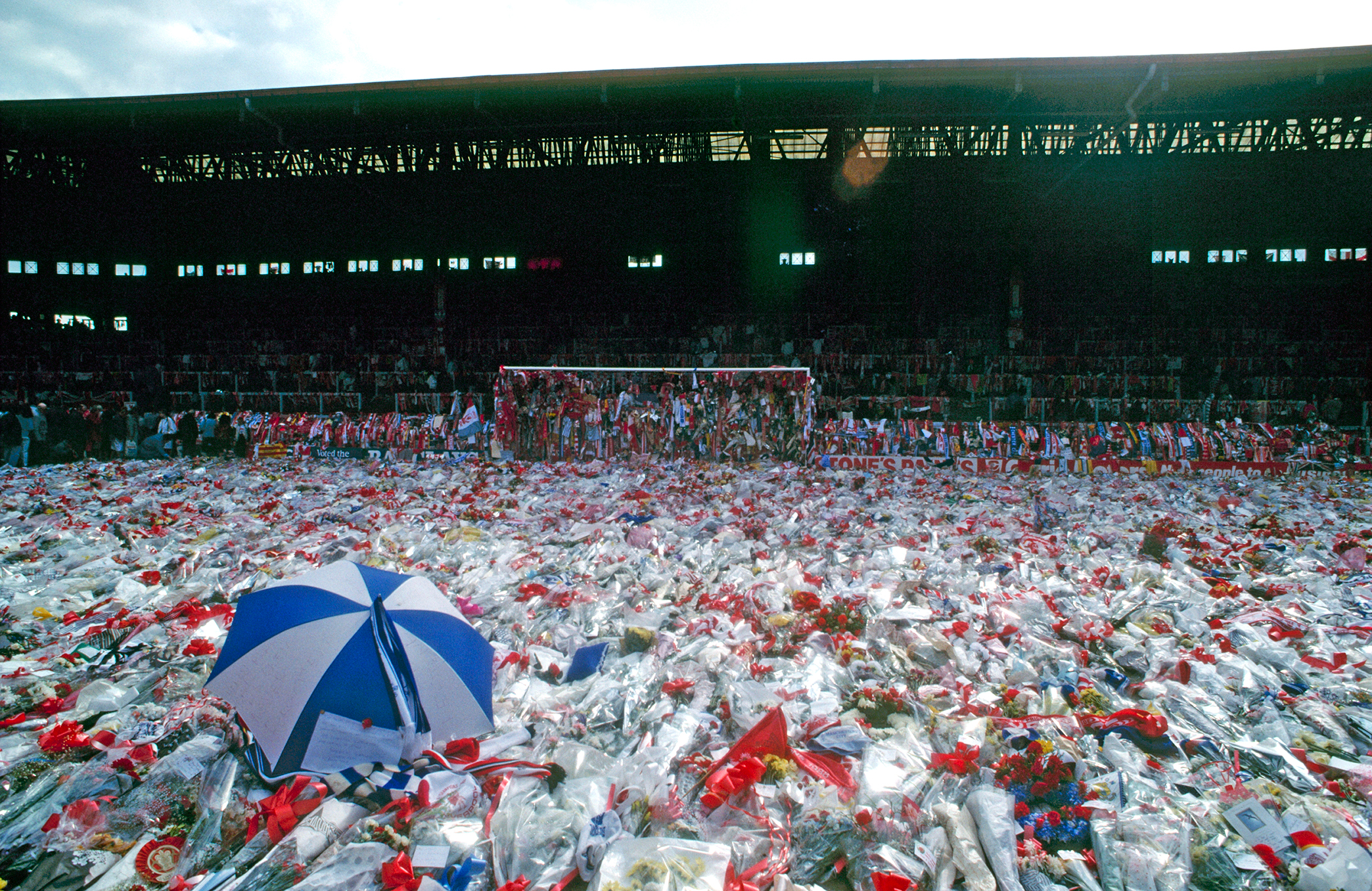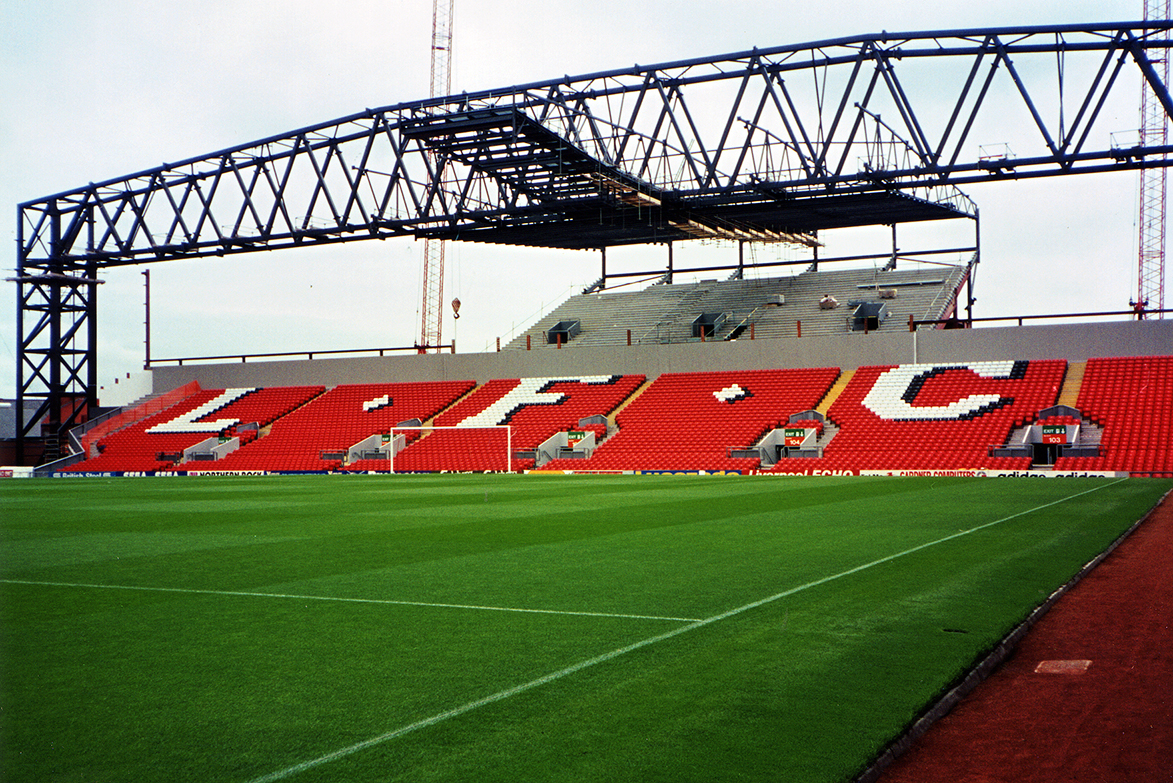The Big Bang
Bill Shankly had big plans for Liverpool FC following his appointment as manager in 1959 but the first thing on his 'to-do' list was the decor. The Scot had described Anfield as “the biggest toilet in Liverpool” having seen that the conveniences didn’t flush and there was no running water in the changing-rooms. The ground had fallen into a sorry state of disrepair and Shanks requested that a spring clean be carried out with weeding taking place on the crumbling terraces and a new lick of paint being applied to the shabby woodwork. On the pitch he set about injecting a fresh new look too and promotion back to Division One was achieved in 1962 with Kopites leading the way in the changing terrace culture embracing songs and chants laced with good humour.

Merseybeat
Following Liverpool FC's long-awaited return to the top-flight, the Club's directors gave the green light to an upgrade to facilities with the ground having barely changed in 35 years, aside from the introduction of floodlights in 1957. With Shankly driving the new ambition, the board backed their manager both on and off the pitch. Funds were made available to strengthen the team and £350,000 was set aside to replace the Kemlyn Road's old stand and terraced paddock with a modern cantilever construction. Work started at the end of the 1962/63 campaign, and a further two years later a new terrace was also erected at the Anfield Road end. LFC’s first season back in Division One resulted in Anfield's highest average attendance for more than a decade. With supporters singing along to their Merseybeat favourites, the Kop became the focus of a special episode of the BBC news magazine Panorama as the Reds clinched the league title in 1964. These were halcyon days at Anfield as Shankly's side were regularly in the hunt for trophies both on the domestic front and in Europe. Many people believe that the atmosphere at the 1965 European Cup semi-final against Inter Milan was the best Anfield has witnessed as the Italian aces were beaten 3-1 just days after Liverpool FC had won the FA Cup for the first time.

That 70s Show
The changing face of Anfield continued into the 1970s, as did the on-field success. Further improvements to the ground saw a £600,000 refurbishment of the Main Stand: its height was increased and the old roof replaced by a more modern-looking cover. It was officially opened by the Duke of Kent in March 1973, barely a month before Anfield celebrated another league title. A first European trophy, the UEFA Cup, followed soon afterwards. A new floodlighting system added to the glamour of the regular Euro nights, illuminating many memorable matches as another UEFA Cup was secured in 1976 followed by back-to-back European Cups in 1977 and 1978.



